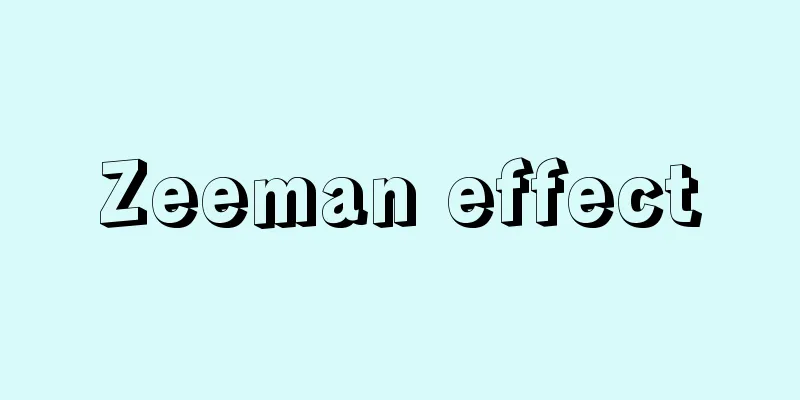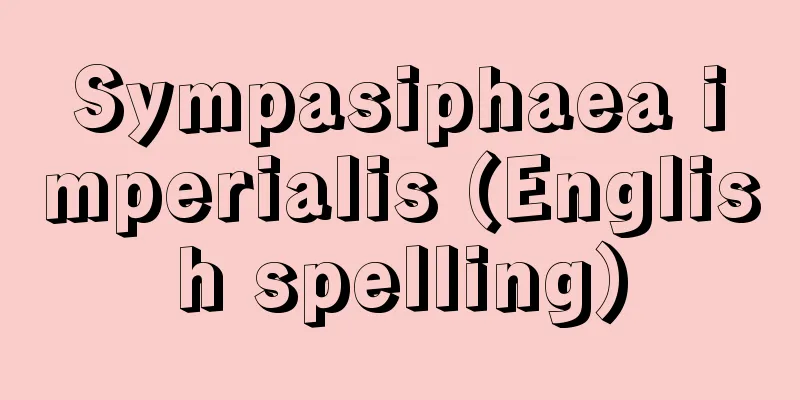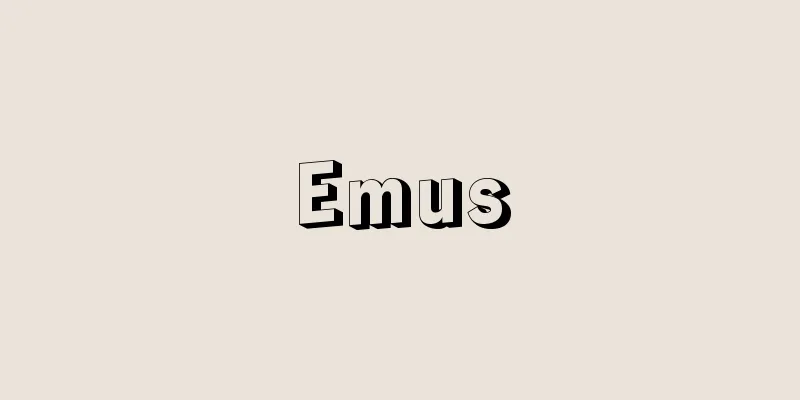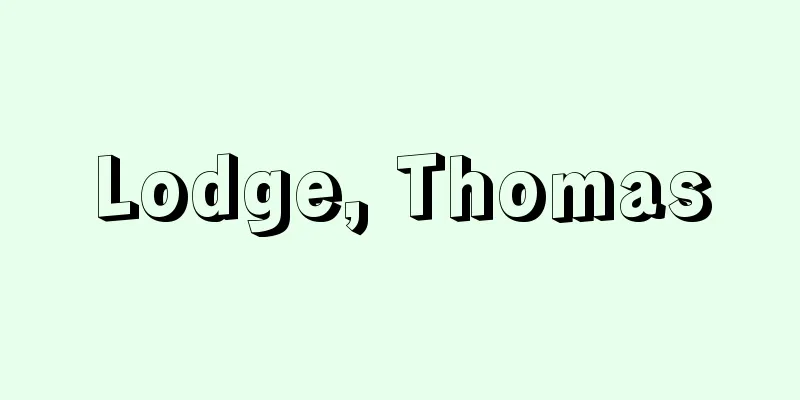Zeeman effect

|
The Zeeman effect is a phenomenon in which the emission or absorption spectral lines of atoms or molecules placed in a magnetic field are split by the action of the magnetic field. It was discovered in 1896 by Dutch physicist P. Zeeman. He observed that the width of the yellow line (D line) of sodium expanded in a magnetic field. A few years later, H. A. Lorentz, based on classical electromagnetic theory, hypothesized that the emission of spectral lines is caused by the rotation of electrons in atoms, and theoretically demonstrated that the magnetic field changes the rotation speed of electrons, explaining the Zeeman effect and successfully elucidating the cause of light emission. When observed from the direction of the magnetic field, each component line of a spectral line split by the Zeeman effect is circularly polarized left or right, and when observed from a direction perpendicular to the magnetic field, it consists of linearly polarized light polarized in the direction of the magnetic field (π (pi) component) and linearly polarized light polarized perpendicular to the magnetic field (σ (sigma) component). The latter has a larger deviation from the original position of the spectral line without a magnetic field. When the state of an atom is not related to the electron spin (the intrinsic angular momentum of the electron, which was originally thought to result from the electron's rotation), the spectral lines split into three, σ, π, and σ, when observed perpendicular to the magnetic field. This is called the triplet due to the normal Zeeman effect. When the electron spin is related, the Zeeman effect becomes more complex, there are more lines, and the splitting interval is no longer the value mentioned above. In this case, it is called the anomalous Zeeman effect. When the magnetic field is very strong, the complex splitting lines due to the anomalous Zeeman effect also roughly divide into three groups, with the intervals close to those of the normal Zeeman effect. This phenomenon is called the Paschen-Back effect. The splitting of energy levels due to magnetic fields seen in atoms and molecules also appears in liquids and solids, and the resulting change in optical properties is generally called the magneto-optical effect. In solids, the linewidths of emission and absorption spectra are generally very broad, so the magneto-optical effect cannot be observed as a splitting of spectral lines, but it can be observed as the Faraday effect (the phenomenon in which the plane of polarization rotates when linearly polarized light passes through a material parallel to a magnetic field) or magnetic circular dichroism (the phenomenon in which the strength of absorption that occurs when light passes through a material differs between right-handed and left-handed circularly polarized light). [Tatsutake Onaka and Masahide Ito] [References] | | | | |Source: Shogakukan Encyclopedia Nipponica About Encyclopedia Nipponica Information | Legend |
|
磁場中に置かれた原子や分子の発光または吸収スペクトル線が、磁場の作用によって分裂する現象。1896年オランダの物理学者P・ゼーマンが発見した。彼は、ナトリウムの黄色線(D線)の幅が磁場中で広がることを観測した。数年後にH・A・ローレンツは古典的電磁気学理論に基づき、スペクトル線の放射は原子内電子の回転によって生ずると考え、磁場によって電子の回転数が変化することを理論的に示し、ゼーマン効果を説明すると同時に、光の放射の原因を解明することに成功した。ゼーマン効果によって分裂したスペクトル線の各成分線は、磁場の方向から観測すると、左または右回りの円偏光であり、磁場に垂直な方向から観測すると、磁場の方向に偏りをもつ直線偏光(π(パイ)成分)と、磁場に垂直な方向に偏りをもつ直線偏光(σ(シグマ)成分)とからなっている。後者のほうが磁場のない元のスペクトル線の位置からのずれが大きい。原子の状態が電子のスピン(電子の固有角運動量で、当初は電子の自転のために生じたものと考えられた)に関係しない場合には、磁場に垂直な方向から観測するとき、スペクトル線はσ、π、σの3本に分裂する。これを正常ゼーマン効果による三重線という。電子のスピンが関係している状態では、ゼーマン効果はもっと複雑で、本数も多く、また分裂間隔も前述の値ではなくなる。この場合を異常ゼーマン効果という。磁場の強さが非常に強い場合には、異常ゼーマン効果による複雑な分裂線も、大きく分ければ三つの群をなし、間隔は正常ゼーマン効果の値に近い。この現象をパッシェン‐バック効果という。 原子や分子にみられる磁場によるエネルギー準位の分裂は、液体や固体においても現れ、それによる光学的性質の変化を一般に磁気光学効果という。固体においては、発光スペクトルや吸収スペクトルの線幅は一般に非常に広いので、磁気光学効果もスペクトル線の分裂としては観測できないが、ファラデー効果(物質中を磁界に平行に直線偏光を通したとき、偏光面が回転する現象)や、磁気円偏光二色性(物質を通過する際に生ずる吸収の強さが、右回り円偏光と左回り円偏光とで異なる現象)として観測される。 [尾中龍猛・伊藤雅英] [参照項目] | | | | |出典 小学館 日本大百科全書(ニッポニカ)日本大百科全書(ニッポニカ)について 情報 | 凡例 |
<<: Cicada - Cicada (English spelling)
>>: Semang language - Semanggo (English spelling)
Recommend
Taoryu Hills - Yurugi Hills
A hill in the south-central part of Kanagawa Prefe...
Polidori, JW
… The vampire, vanquished by reason, came back to...
Toda Ujikane
Year of death: February 14, 1655 (March 21, 1655) ...
theca lutein cell
…This blood is soon absorbed, and the theca inter...
modern craft
... Such new expressions can already be seen in a...
Struve, H. von (English spelling)
...The following six people are famous as astrono...
《Otekagami》 - Otekagami
…The arrangement differs depending on the school ...
Fossil bed
...A dense layer that has a considerable degree o...
characterisation
...This is related to identifying the legal natur...
Shunaisho (English name) Xiu-nei-si-yao
One of the official kilns of the Southern Song Dyn...
Thomas Bradwardine
Around 1290 - 1349 A mathematician, natural philos...
Price Flexibility and Employment
…In contrast to Hayek and Mises, who argued that ...
Laurium
…occupying the southeastern part of the Attica re...
Kabbalah - Kabbalah
…Kabbalah (or Qabbālāh) is a Hebrew word meaning ...
Heliopolis (Baalbek) (English spelling) Heliopolis
…It is known for the remains of an ancient religi...









